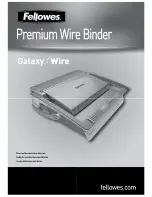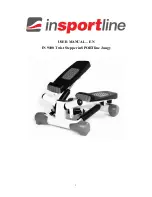
11. One-step Buttonhole Foot allows you to
stitch complete buttonhole up to 1-1/2
inches in a single step. It determines the
correct buttonhole length, either by plac
ing button in foot or by using gauge on
foot.
12. Spool Holders
a. Small Spool Holder for use with small
diameter tubes of thread.
b. Large Spool Holder on your machine
when delivered. For use with medium
and large spools of thread.
13. Detachable Spool Pin for decorative
twin-needle stitching and two-thread
topstitching.
14. Seam Guide helps you keep seam
allowances even.
15. Blindstitch Hem Guide. Use this with the
zig-zag foot to position and guide the
hem.
12
16. Stitch-pattern Discs
• One reversible
Flexi-Stitch
disc on
holder in machine when delivered.
• Five discs in accessory box: three
reversible
Flexi-Stitch*
discs and two
reversible Fash/on* Stitch discs.
• Each reversible disc produces two pat
terns.
17. Seam Ripper to pick and cut threads
quickly and neatly.
18. Lint Brush for cleaning your sewing
machine.
Instrukcje obsługi maszyn do szycia firm Polskich jak i zagranicznych np. Singer Toyota Pfaff Gritzner Łucznik Arka








































